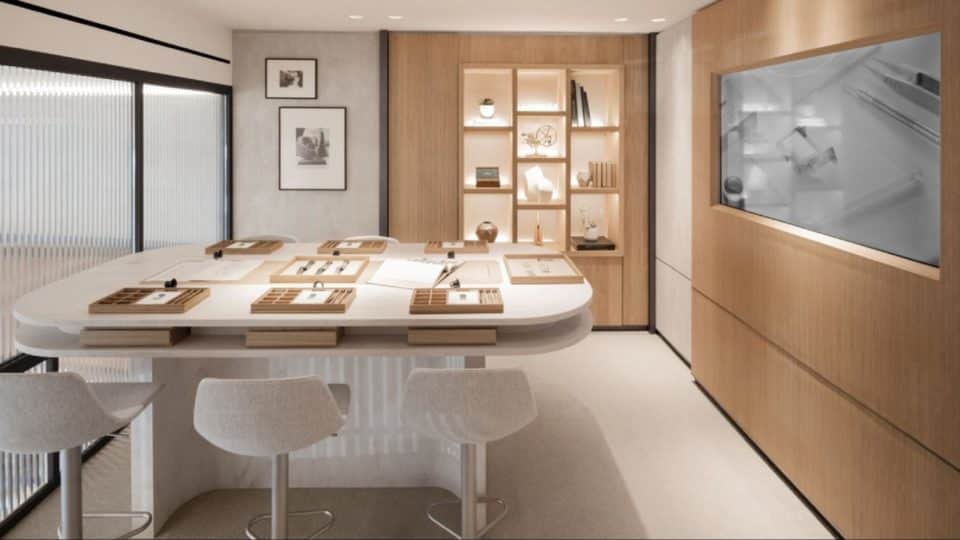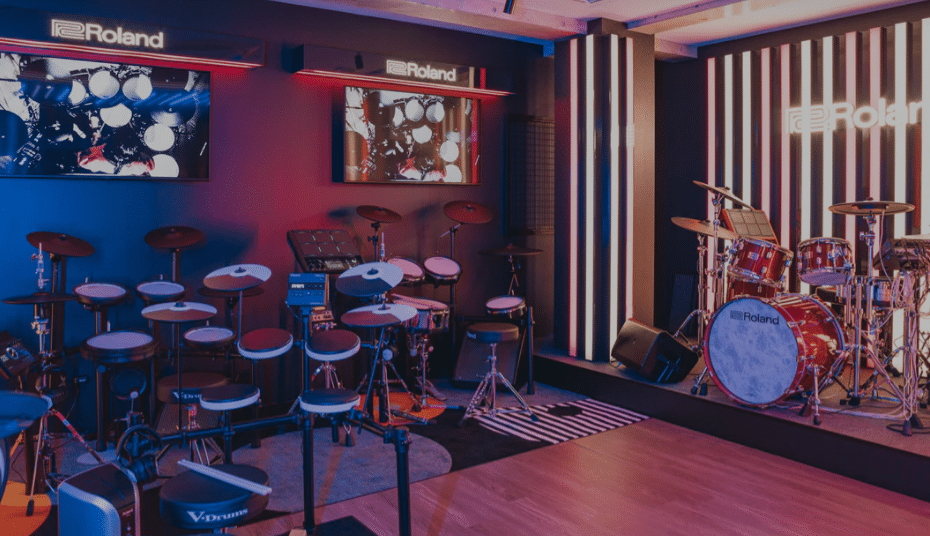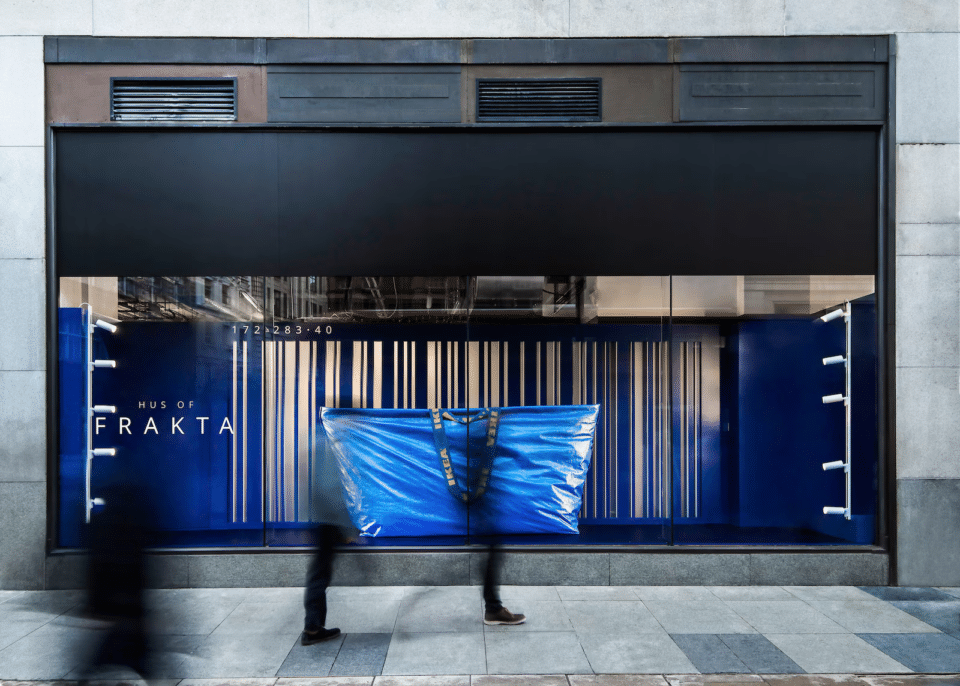Local is the new global for retail: a micropolitan vision
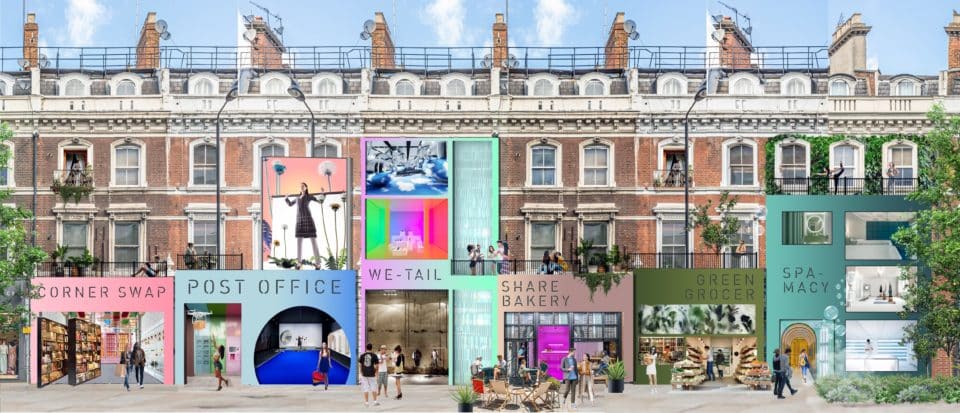
Holly Baldwin, Senior Creative at Checkland Kindleysides, shares a compelling vision for a multi-functional future for the high street.
Big cities have historically had it all – the best stores, the biggest brands, the latest drops. But no more. The rise of ‘micropolitan’ concept stores is putting local firmly back on the map.
When we talk about retail, we no longer mean the physical space. In fact, we stopped thinking like this a very long time ago. These days ‘place’ can be everywhere. Online, physical, virtual and in your pocket. We don’t let that limit our creative thinking. Retail design today should start with tapping into how we’re actually living.
Increasingly, local centres are becoming more and more important; they’re capable of cultivating the feeling of a local community as consumers are seeking the kind of connections that can only form in a local neighbourhood, rather than in big bustling cities.
Big brands can tap into local communities
We are changing the way we live. With greater levels of working from home, more of a reluctance to travel, and people moving out of city centres to more rural areas, there is an increased importance and pride in the communities where we live. Retailers and brands need to respond to this and meet consumers on their new terms.
We are seeing a rise in independents making a return to the high street and larger retailers having to break down and reconsider their formats in response to these shifting consumer behaviours – it no longer makes sense to operate large scale stores whose sole purpose is stocking countless ranges of merchandise.
From IKEA to Target, multiples are getting smaller and traditional large-scale operators like Nordstrom are innovating with local offers, bringing omni-channel services to customers rather than just a product offer.
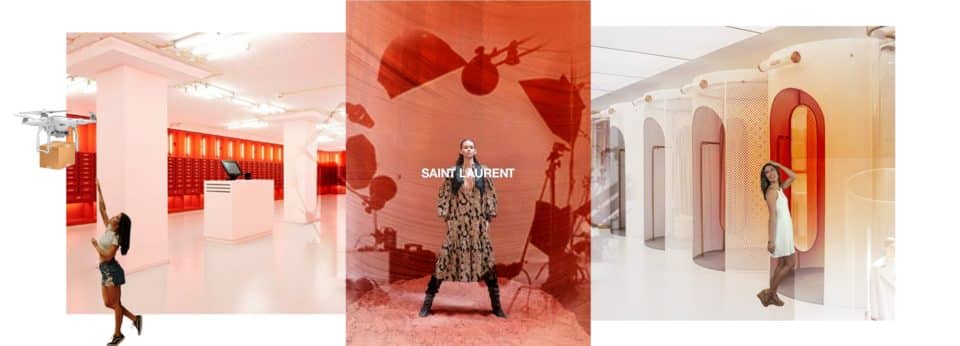
Experiences which are in tune with how we live
From browsing products to instore brand experience, retail design on the local high street is about creating a world that seamlessly fits with how we live today. Recognising that consumers are shifting a lot of their social and shopping habits online, brands need to reconsider the role of the store as consumers are seeking both convenience and elevated experiences.
Imagining a high street that’s useful, relevant and connected
So, with this in mind, what does the future of the high street look like and how will high street spaces be used?
We envision a high street designed around utility, relevance and most importantly, meaningful connections. A utopian picture, perhaps, but we based this thinking on trends we see happening right now.
The future of the high street is about finding the overlap.
From your local pharmacy to greengrocer and corner shop, high street spaces are evolving to fit the new ways in which they are being used. The future of the high street lies in finding the interesting connections and overlap between services.
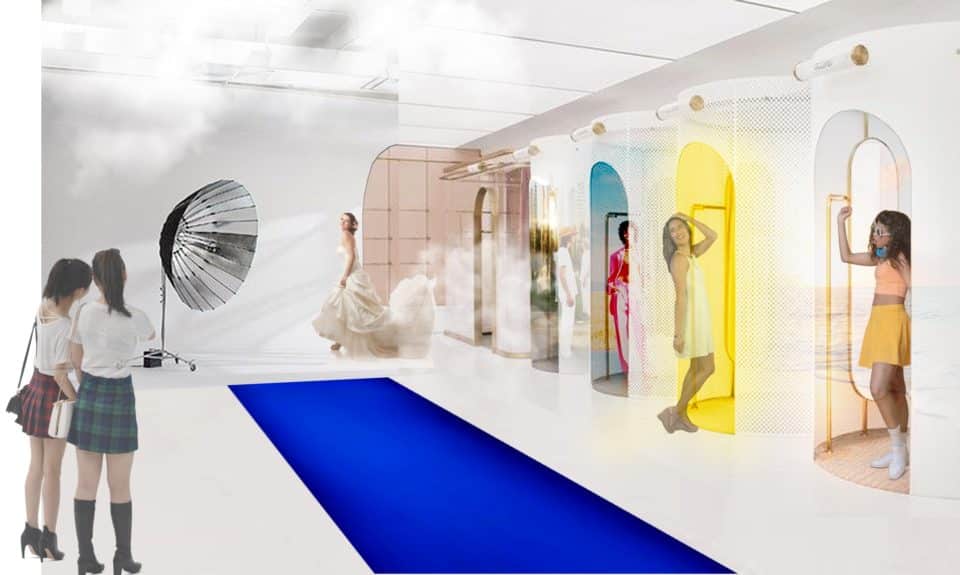
From the ‘SPA-macy’ to ‘Try Before You Buy’
Take the pharmacy, for instance. What if it became a ‘SPA-macy’ – a fusion of medical facilities and wellness to promote a happy, healthy lifestyle? The wellness market has expanded by 6.4% since 2017 from $3.7 trillion to a value of $4.2 trillion and retailers such as Boots are increasingly moving into the wellness space – imagine a one stop shop for all of your health and wellness needs.
How about the future of the humble high street post office? Returns cost UK retailers around £7 billion a year. Post office spaces could be completely revamped – as a concierge delivery and collection service for online purchases, complete with space to ‘try before you buy’.
Introducing changing rooms to the post office could mean brands have the opportunity to curate the consumers experience of the product. Fantastic lighting and the opportunity to share pictures with friends could reduce the amount of returns. It could add a certain kind of VIP experience to purchasing that hasn’t existed in this context before.
Working from home could take on a new life. It no longer means being perching at your kitchen table at home. Local Share cafés could offer a collective cafe bakery space for residents to meet, work and share ideas. A coffee and a meeting in one space has the potential to create the ultimate efficiency of time. With working practices becoming increasingly hybrid and agile these ‘crossover’ spaces will be in high demand.
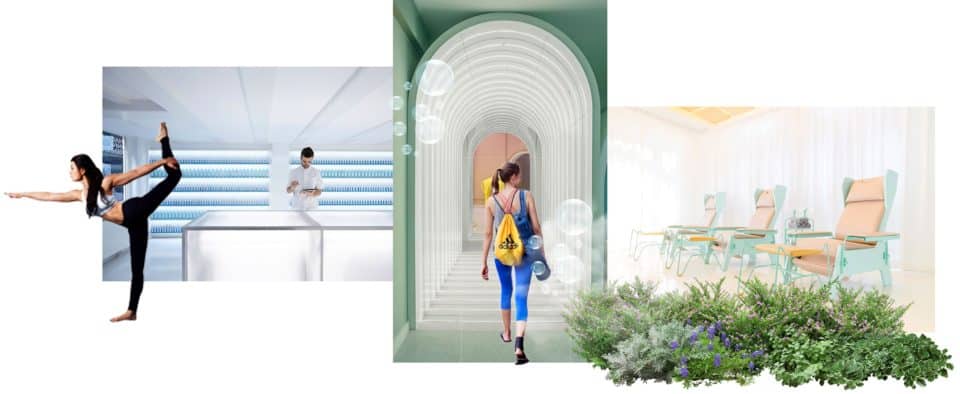
Greengrocers will become the zero-waste store; a showcase of fresh, local produce and corner shops become ‘corner swaps’, or the ‘future everything’ store. These are again efficient spaces where people can trade items and shop sustainably – they complement online shopping purchases, allowing consumers to ‘top up’ with small quantities of fresh produce.
Just like coworking offices, it’s time for retail spaces to become more agile and less product focused. Think flexible blank canvases – spaces which allow brands to connect with consumers through social first experiences.
Retail becomes ‘We-tail’ – experiential spaces for brands to inhabit and connect to people in, rather than just sell from. One brand could occupy a space for one month, and then another could take over. Special events could elevate the shopping experience. Spaces where brands can connect with their consumers and offer social first experiences.
The future of local lies in multi-functional spaces
It’s time for designers to challenge format strategies and find and introduce new ways to connect with consumers. It’s time to challenge the way that traditional retail strategies have worked on the high street.
The most successful experiences belong to the brands who are bravest, and in particular those who don’t just think in terms of consumption of products or transactions, but instead on building real and authentic connections and experiences.
Content and images by Holly Baldwin, Senior Creative at Checkland Kindleysides
Discover the latest high street retail trends on a bespoke retail safari. Get in touch to find out how we can help inspire your next concept.

